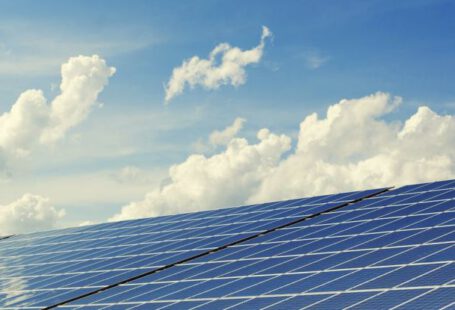Rainwater harvesting is a sustainable practice that allows you to collect rainwater and store it for future use. By creating a rainwater harvesting system at home, you can help conserve water resources, reduce your water bills, and contribute to environmental conservation. In this article, we will guide you through the steps to set up a rainwater harvesting system in your own household.
Understanding Rainwater Harvesting
Before you start setting up a rainwater harvesting system at home, it is crucial to understand the basics of how it works. Rainwater harvesting involves collecting rainwater that falls on your property, typically from rooftops, and storing it for later use. This collected rainwater can be used for various non-potable purposes such as watering plants, washing cars, flushing toilets, and more.
Choosing the Right Collection Method
When it comes to creating a rainwater harvesting system, you have several options for collecting rainwater. The most common method involves installing gutters and downspouts on your roof to direct rainwater into a storage container. You can also consider using rain barrels or larger storage tanks to hold the collected rainwater. Make sure to choose a collection method that suits your household’s water needs and available space.
Selecting the Storage Container
Selecting the right storage container is essential for a successful rainwater harvesting system. Rain barrels are a popular choice for homeowners as they are affordable, easy to install, and come in various sizes to fit your space requirements. If you have more space available, you can opt for larger storage tanks that can hold a greater volume of rainwater. Consider factors such as material, durability, and maintenance requirements when selecting a storage container for your rainwater harvesting system.
Installing a Filtration System
To ensure the quality of the collected rainwater, it is crucial to install a filtration system in your rainwater harvesting setup. A simple mesh screen can be used to filter out debris and leaves from the collected rainwater before it enters the storage container. You can also consider installing a more advanced filtration system with filters and UV disinfection to purify the rainwater for potable uses. Regular maintenance of the filtration system is essential to keep your rainwater clean and safe for use.
Implementing a Distribution System
Once you have collected and stored rainwater, you will need a distribution system to utilize it for various purposes around your home. Depending on your needs, you can use gravity-fed hoses or pumps to distribute the rainwater to different areas such as your garden, lawn, or household appliances. Consider installing a separate plumbing system for your rainwater harvesting setup to prevent cross-contamination with your potable water supply.
Maintaining Your Rainwater Harvesting System
Like any other system in your home, a rainwater harvesting system requires regular maintenance to ensure its efficiency and longevity. Regularly inspect the storage container for leaks or damage, clean the filtration system, and check for any blockages in the collection pipes. In colder climates, it is essential to winterize your rainwater harvesting system to prevent freezing and damage to the components. By maintaining your rainwater harvesting system, you can continue to enjoy the benefits of using harvested rainwater in your everyday activities.
Incorporating Rainwater Harvesting into Your Sustainable Lifestyle
Creating a rainwater harvesting system at home is a practical way to reduce your environmental footprint and promote sustainability in your daily life. By collecting and using rainwater, you can conserve valuable water resources, reduce your reliance on municipal water supplies, and contribute to a greener future for generations to come. Take the first step towards creating a rainwater harvesting system at home and start reaping the benefits of this eco-friendly practice today.





